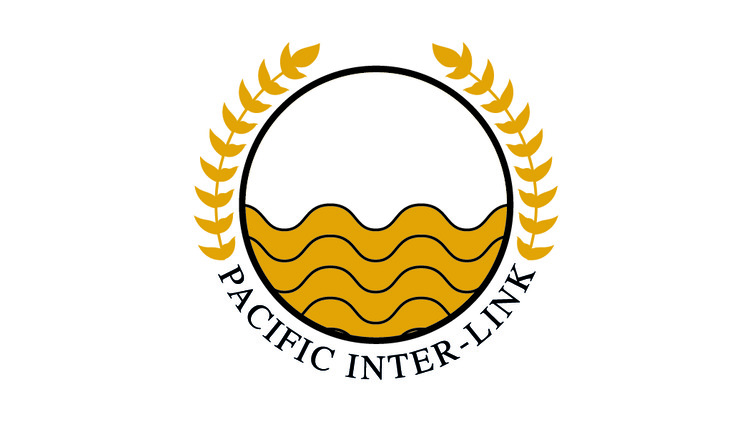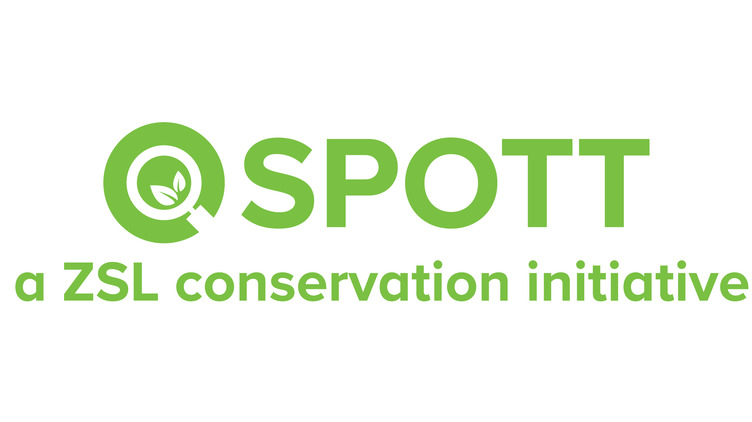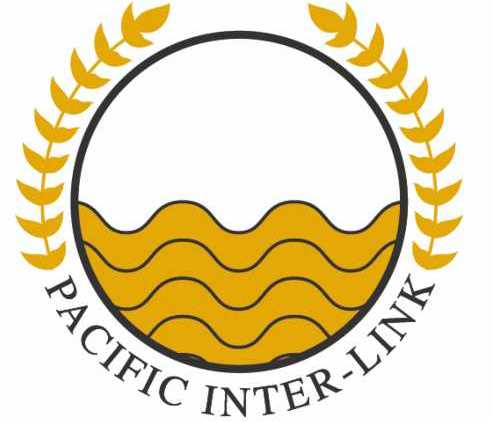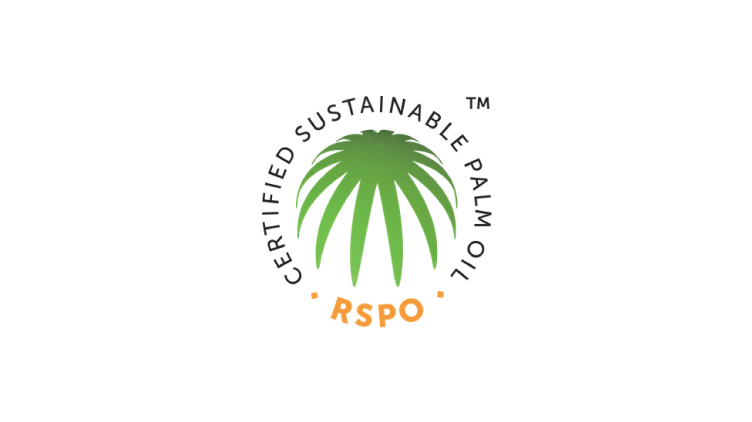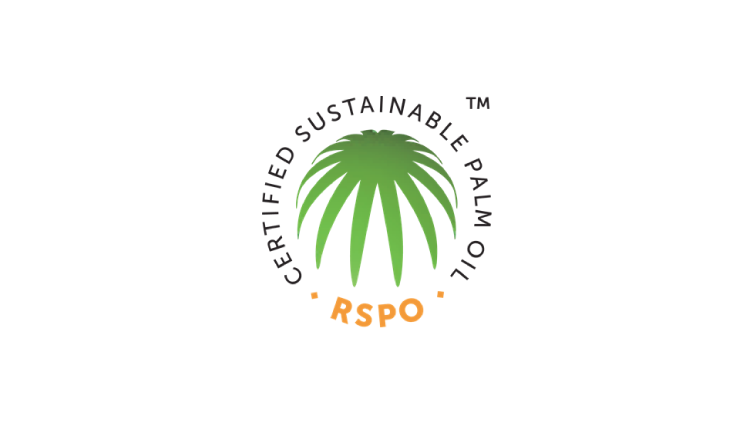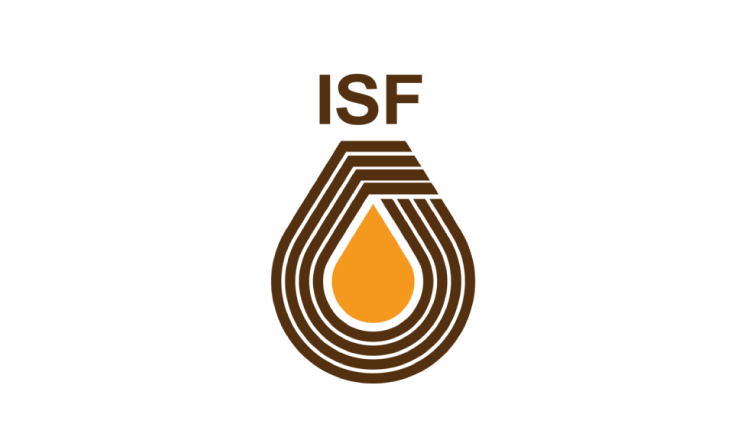The most common position to be assigned the sustainability portfolio is the Communications lead, and there is nothing wrong with that IF the individual in question has standing among colleagues and is listened to and respected. Unfortunately, this is often not the case, and more technically or commercially/financially-minded colleagues might see the champion as a lightweight - not fully understanding of the ‘realities’ of the business. It can also send the message that sustainability is a comms/marketing exercise, rather than a complex change management process.
Another pitfall, which has become more common as the pool of senior sustainability offers widen is to recruit a ‘sustainability expert’ from the outside. This may work if hiring a consultant who really knows the business, but there is still a risk that this person will be viewed as an outsider with little knowledge of the organisation who will be operating from an ivory tower telling people how to do their job. Of course, this may not be the case. A good sustainability expert will know that building relationships across functions is critical, but be mindful that there needs to be a good fit between the new hire and the company culture.
So regardless of current position, pick someone who is seen in the business as dynamic and competent across the leadership team, so that they will be listened to when asking teams to change and invest.
Do give them time: It should go without saying that the Champion will need to have time to take on such a complex role. Sustainability cannot be undertaken as a side-gig, or a standalone task along with their day-job. Understanding new guidelines and regulations, engaging with internal and external stakeholders, keeping up with the latest trends, and developing plans and strategies all takes time. While it may be necessary to ease from the previous role to avoid skills gaps, the champion should ultimately become a full time sustainability director/VP or similar.
Do assign a dedicated budget: Although the cost of a robust sustainability strategy should sit primarily within the business units, allowing the champion to attend conferences to keep up, commission training and seminars for the business teams and fund assessments or general support is critical.
I was once asked to develop a climate change strategy and halve the carbon footprint of my company by 50% within a short time frame. The Chairperson felt that this could be done with NO budget, as I should be able to influence the business to make the changes required. Not only did I not have any baseline data, but there was also no money for alternative technical solutions, training or investment. Needless to say, with no carrots and no real tools at my disposal, a robust climate change strategy never materialised.
In another company, the CEO took away the little budget we had, because he felt that all activity should be funded by the departments we engaged with. Guess what, no department wanted to engage with us, as we just cost them money and made their lives complicated.
My most effective interventions have been cases where I was able to provide some seed funding or support. For example bringing the product development team to a big conference on responsible chemicals usage to meet stakeholders and make them enthusiastic about meeting expectations and developing fun new products. Or commissioning a GHG assessment and creating a benchmark to showcase how the company was positioned amongst peers, and highlight avenues for savings, both in terms of emissions and cost.
Do build a team: Once a senior sustainability champion (with dedicated time) is in place, it is time to bring in a team which can execute the work. Key attributes for a great sustainability officer will partially depend on the business, but a few things are universal: versatility and curiosity: ESG issues cover a lot of ground. Your officer will need to have the ability to understand complex technical issues, ranging from dense climate change studies, to human rights legislation, while still being able to summarise these in simple language. In my own in-house roles, I saw myself as a translator, explaining to HR why we needed a non-discrimination or diversity policy based on global human rights principles, to Purchasing functions why supplier screening was critical, and to Product Development what expectations were emerging in terms of chemicals usage, etc. Linked to this, the officer needs to be a team player, who is open minded and listen: they need to understand what drives the business, and what is and isn’t possible technically or financially.
Ultimately, the ESG/sustainability officer will need the motivation and curiosity to ensure that standards are met, new solutions are being mapped, and that strategy implementation is monitored and reported externally to stakeholders, and internally to the management and the board. And DO treat them well. If they are any good, they will be the next Champion, saving your company a lot of hassle and cost when it comes to appointing a future champion.
Do ensure that the Board and the CEO owns ESG/sustainability strategy: Even the best team cannot do much if the board and the CEO has not bought into the necessity for a sustainability strategy and the changes this brings to the business. Board engagement can take several shapes. The appointment of a board sustainability committee, wholly comprised of board members, but with support and input from operations is a common and effective model. A slightly weaker model is one in which a single board member chairs a committee of operational managers from across the business. In some (rarer) cases the entire board is engaged and sets aside substantial time in their agendas for ESG matters. Ultimately, it really depends on the appetite of the board for engagement. As long as there is a strong link to the main board, in the form of regular board reports and tabled discussions of strategies and big initiative, all can work.
It is worth noting that a lot of ESG frameworks now require a detailed Terms of Reference for board involvement in ESG, so the responsibilities, composition, meeting frequency and reporting lines should be documented and agreed as a starting point.
Do make every person accountable: From the board through the senior management team, to operational managers, it is important to ensure that sustainability targets are included in personal KPIs and bonus structures. With today’s fast-paced business environment, no one can be expected to go the extra mile if remuneration targets conflict with sustainability targets.
Don’t rely on consultants: As a consultant myself, I cannot emphasise this enough: Even the best of consultants is not a replacement for a robust sustainability team and governance structure. My heart sinks when I am called in to create a sustainability platform/policy/strategy/report for a company with no dedicated sustainability team. IF it is part of an on-boarding of a new team, that is fine, but we cannot be there to guide, coach and monitor implementation, so any work we do will start to wither away as soon as our contract is over, as business units move on to the next task on their list.
Of course, we have our uses: sometimes the board likes to hear from experienced outsiders who can talk to the wider business environment and knows how peers are doing. We can also be used as the bearer of bad news – tabling difficult issues which the organisational culture may not allow insiders to voice.
Technical consultants are also super helpful. Few companies are large enough to warrant full-time specialists for every material issue – the intricacies of carbon mitigation, human rights law, land use assessments or ESG disclosure developments and standards require a lot of dedicated capacity which only the largest corporations can monitor in-depth. In addition, such specialists are also often full of good ideas within their field, so talking to a bunch of them can help spur innovation and excitement.
Regardless of consultant type, do ensure that you ask about the credentials of the actual team you are assigned. In a rapidly growing consultancy market, it isn’t unusual to see fresh graduates being assigned very heavy duty projects for large listed companies, with only minimal oversight from a more experienced senior. This is NOT ok. Consultants are meant to bring broad experience and knowledge to your business, and although there may be some learning curve for any consultant in understanding your distinct challenges, you should not be paying for junior staff to learn on the job.
In short (for the easily bored scroller)
A great sustainability team starts with commitment from at least parts of the board and the CEO to implement a robust sustainability strategy. To get the ball rolling, the first thing needed is a senior, well-respected champion, preferably from within the business. This needs to be a full-time position with a budget to seed initiatives and hire at least one sustainability officer with the drive, patience and curiosity to support strategic changes within the business. Sustainability teams are not like technical positions, where a specific scientific degree, a legal background or a financial qualification is the number one priority for new hires or team leads. In sustainability, it is the ability to engage, network, understand and translate a wide range of complex issues which creates real change.
Download PDF










